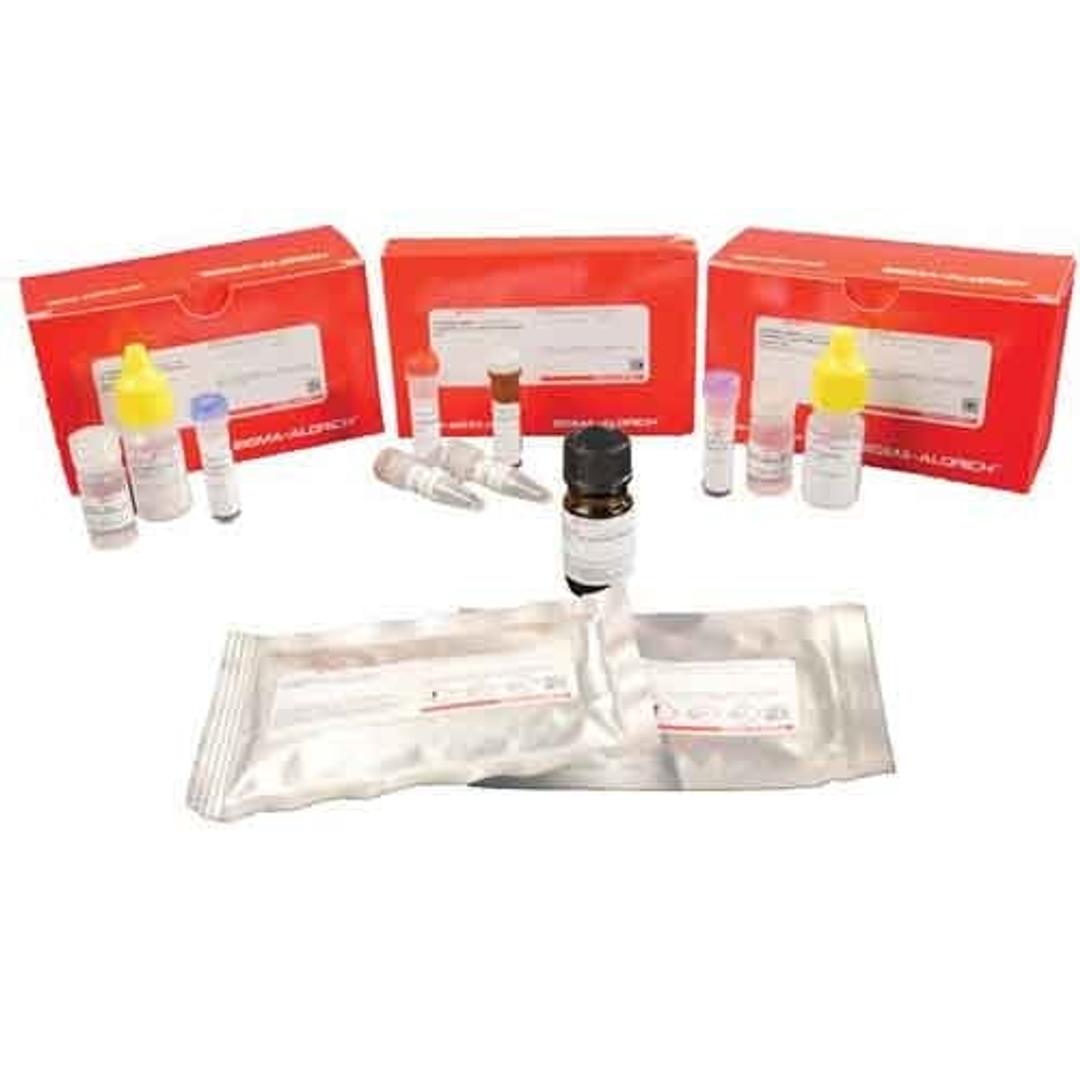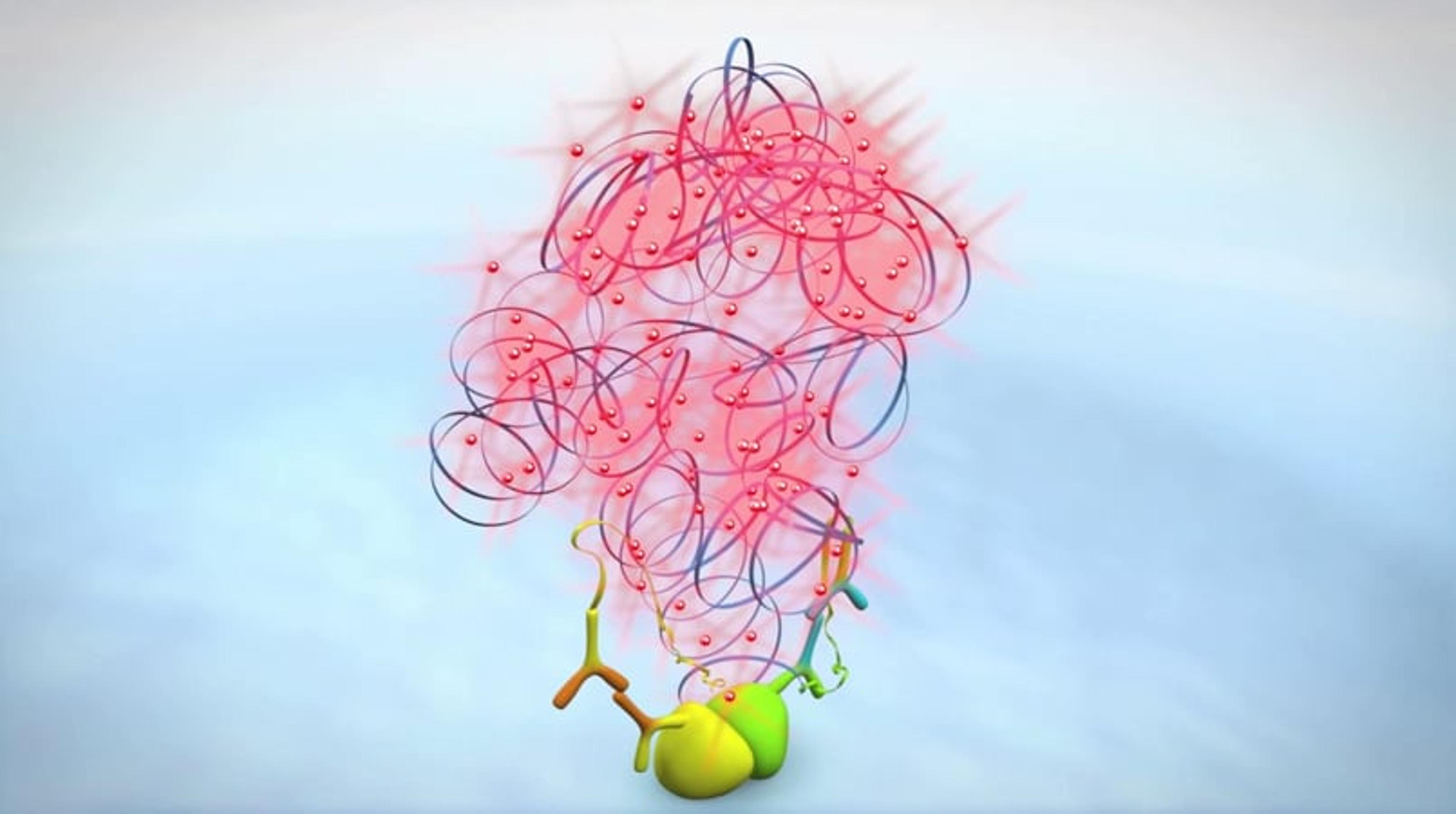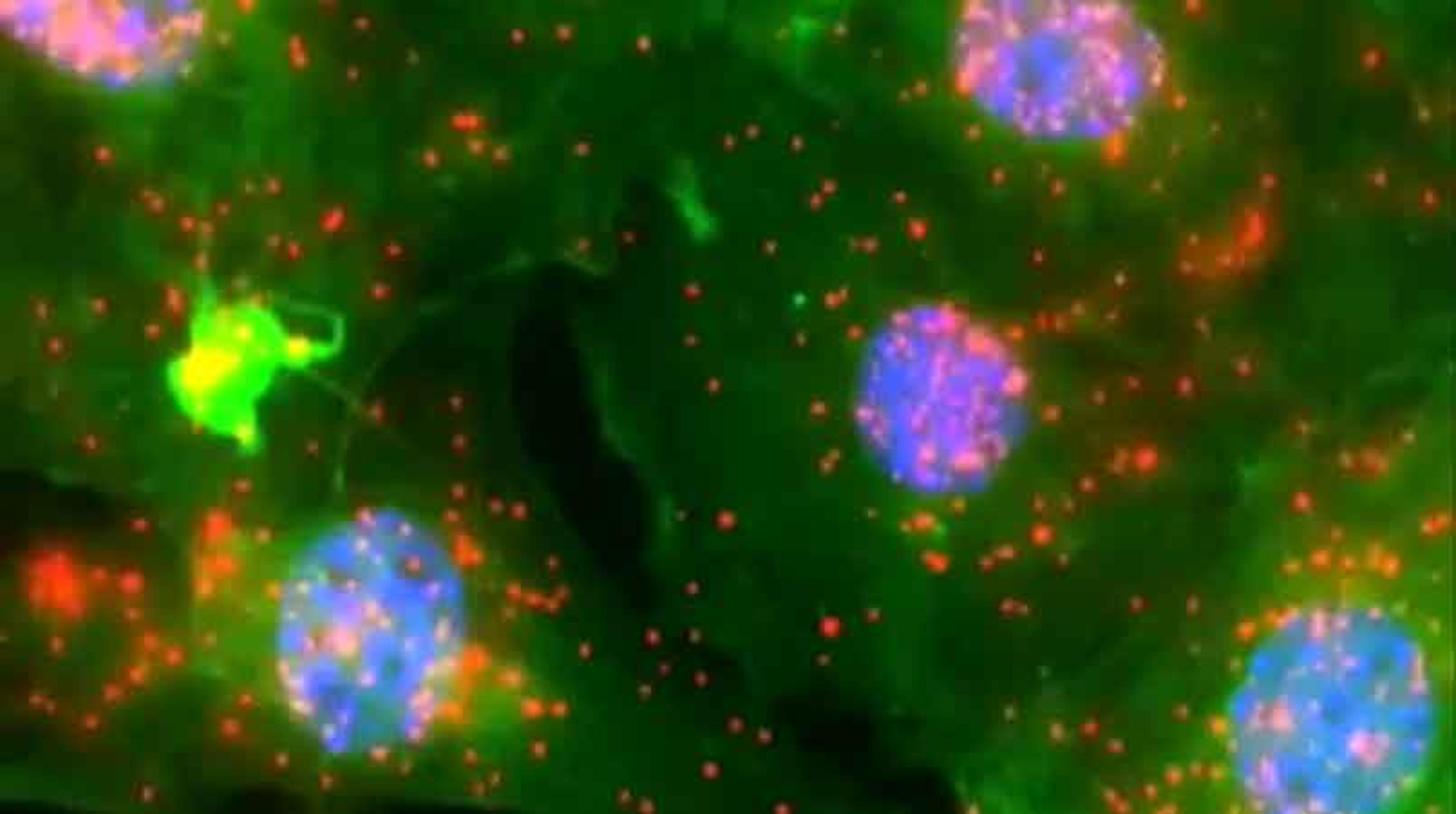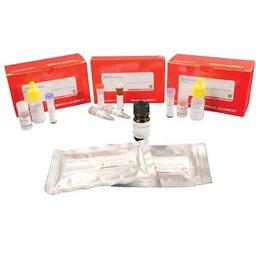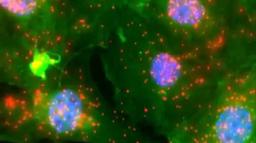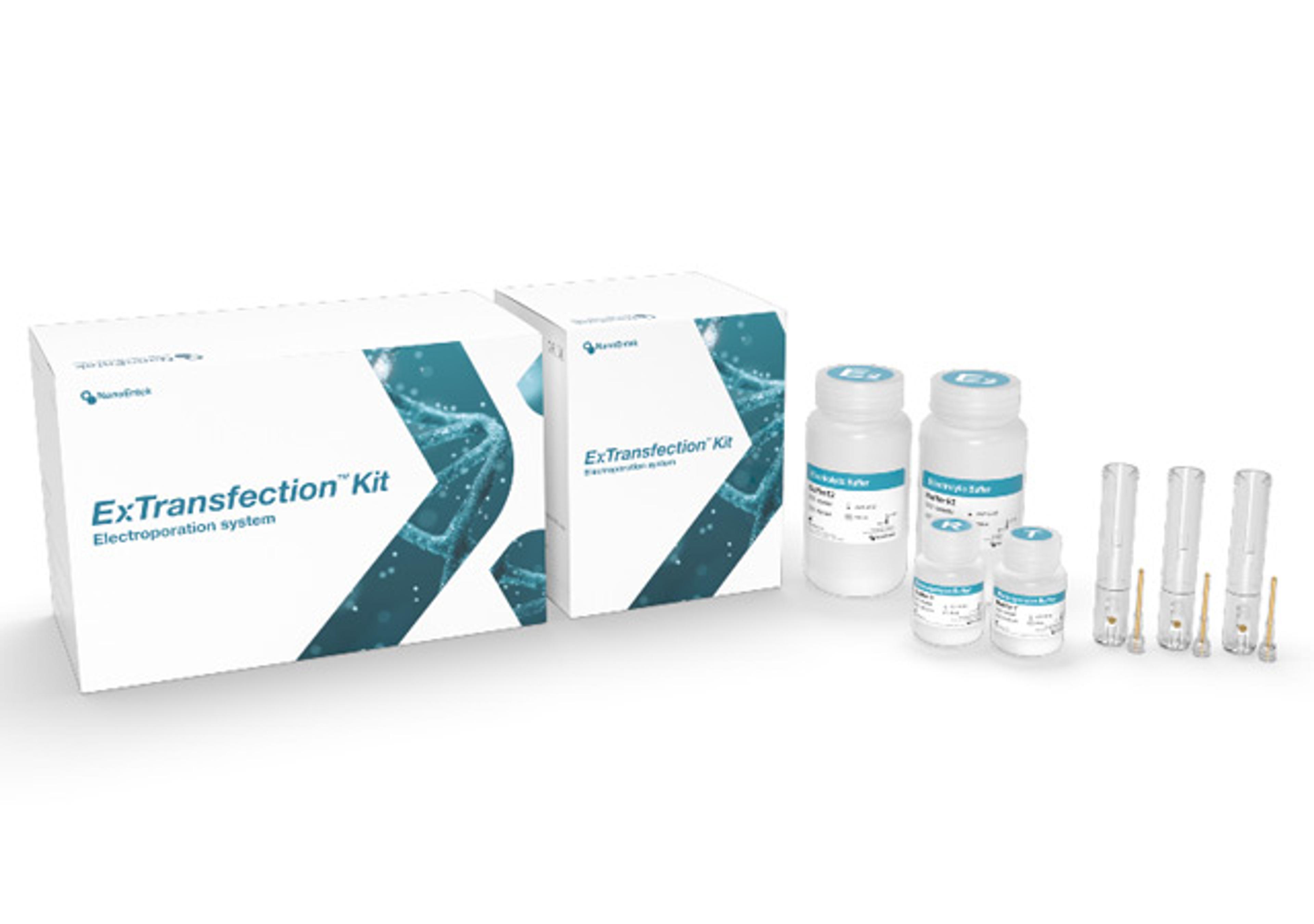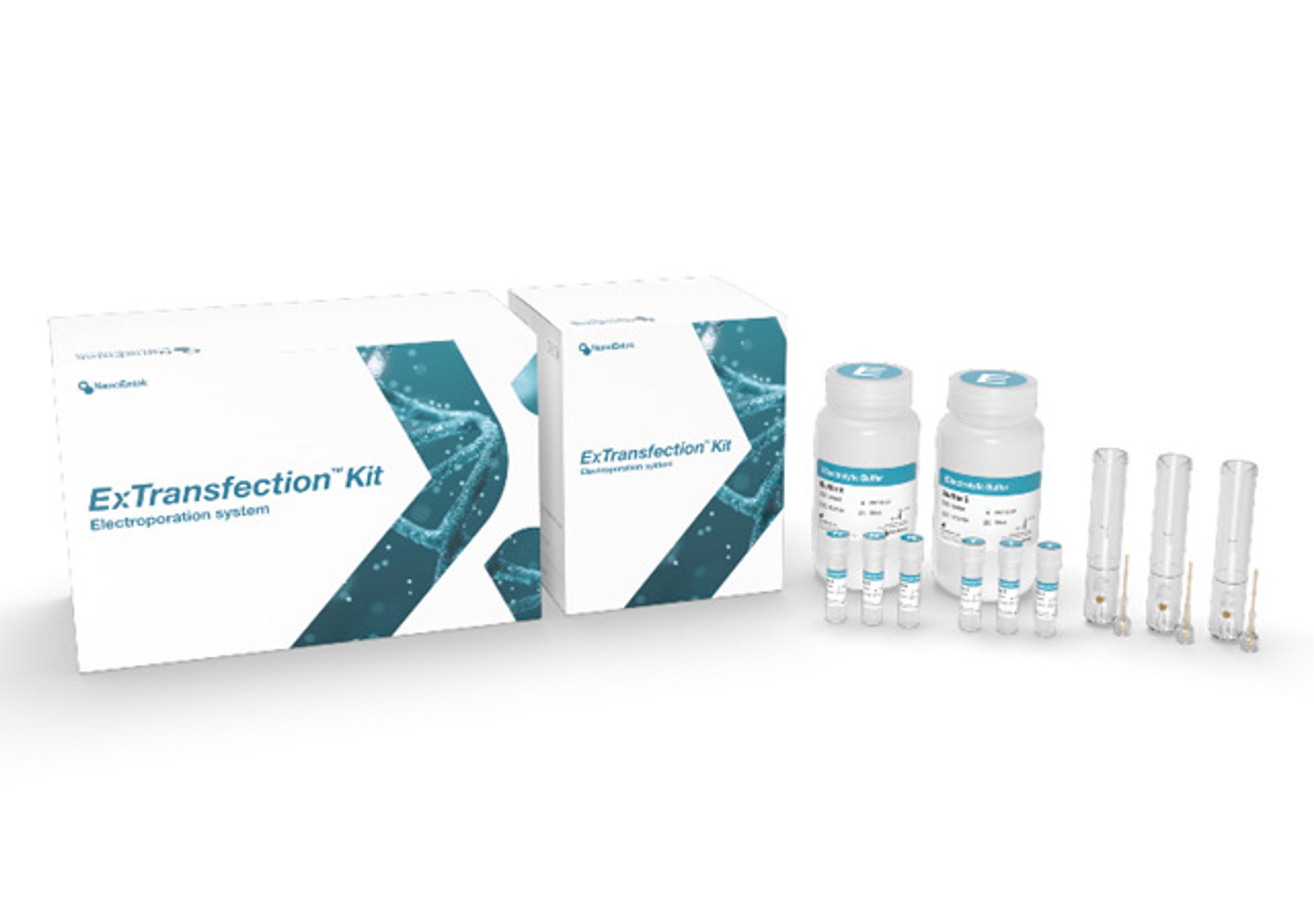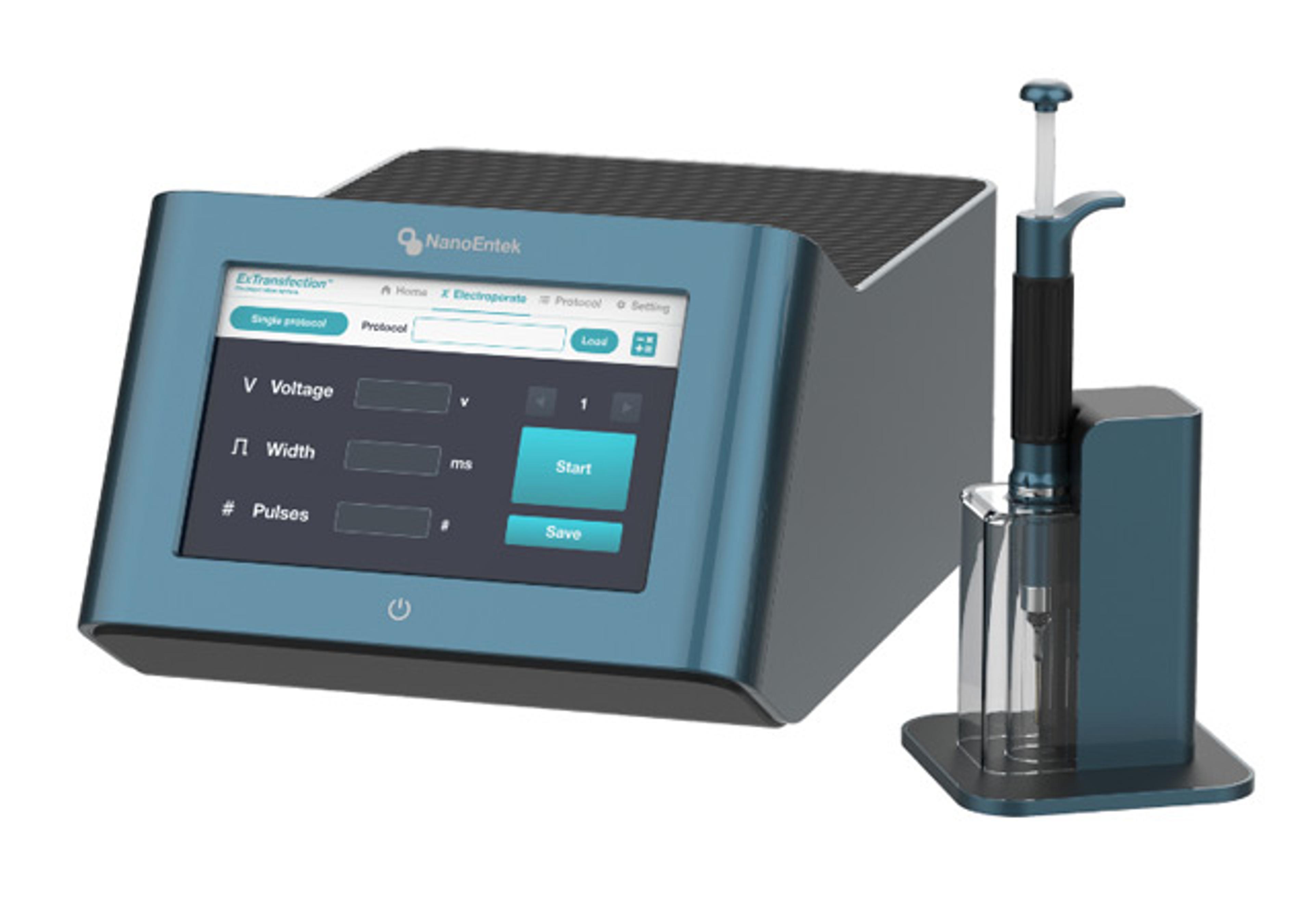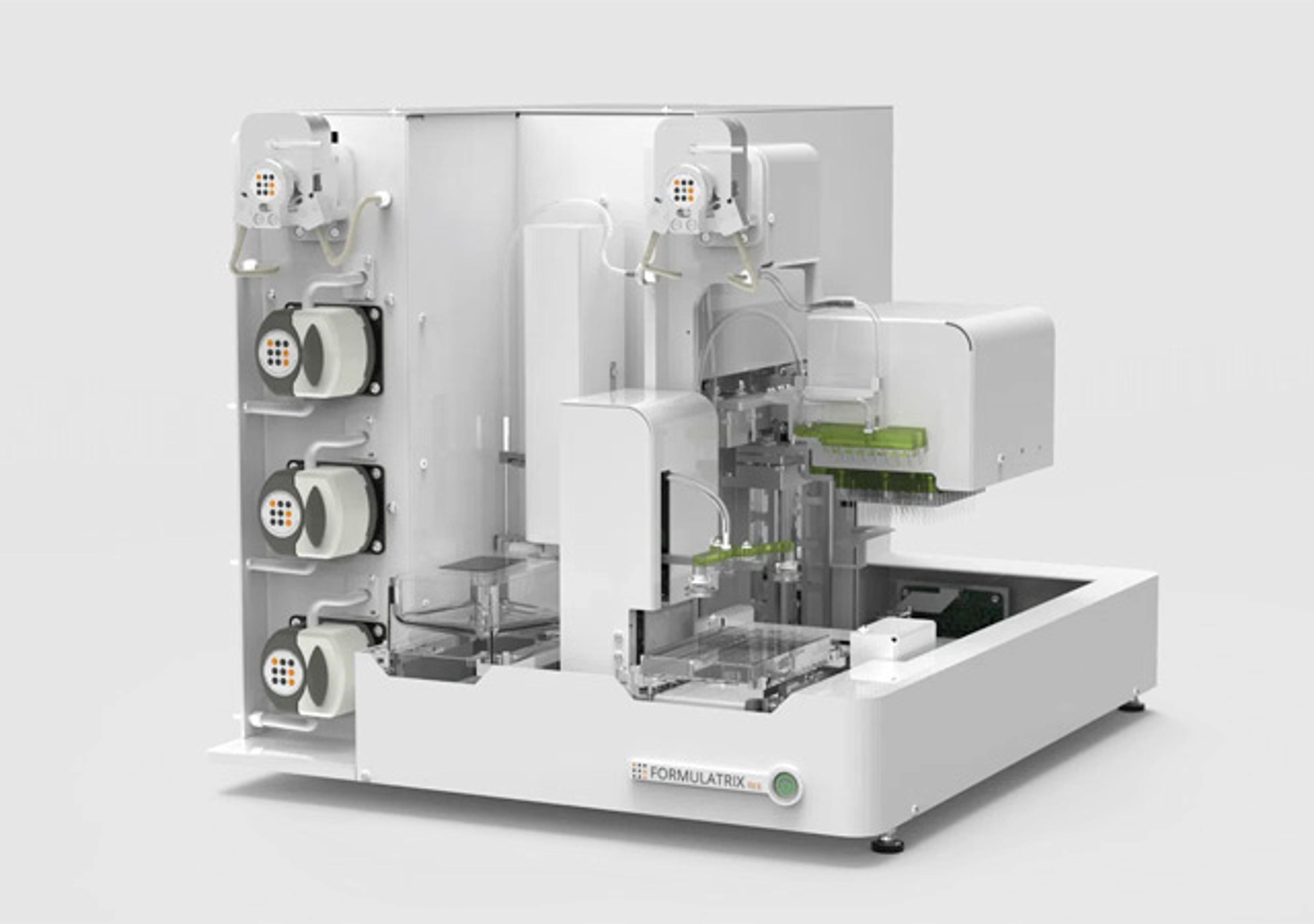Duolink In Situ Red Starter Kit Mouse/Rabbit
Application Duolink® proximity ligation assay(PLA®) allows for endogenous detection of protein interactions, post translational modifications, and protein expression levels at the single molecule level in fixed cells and tissue samples. Follow the Duolink® In Situ Fluorescence Protocol to use this product. A set of short instructionsis also available. Visit our Duolink® PLA Resource Center for information on how to ru…

The supplier does not provide quotations for this product through SelectScience. You can search for similar products in our Product Directory.
Fast and easy solution for colocalization
Molecular Biology
Easy and fast to study protein-protein interaction
Review Date: 24 Mar 2022 | Merck
fancy technique, worthwhile to invest time
for the pupose of research to study protein protein interaction
Proximity Ligation Assay (PLA) is a very fancy and sophisticated user friendly technique to study protein-protein interactions. It generates high quality, reproducible and trustworthy data (with the right controls in the experiment). The protocol has been very well standardized and works exactly according to the manual for most of the proteins. Its worthwhile to spend time with this product if you are interested in studying protein-protein interactions.
Review Date: 5 Mar 2018 | Merck
Easy evaluation of protein co-localization in cultured cells
Evaluation of co-localization of two membrane proteins in subtypes of pancreatic cancer
The Duolink kit was used to evaluate the co-localization of two membrane proteins in different subtypes of pancreatic cancer and of normal pancreas. Both the labelling of the two antibodies with the two different linker and the subsequent analytics were easy to perform. All controls showed the expected results. Favorable time to result.
Review Date: 6 Nov 2017 | Merck
Application
Duolink® proximity ligation assay(PLA®) allows for endogenous detection of protein interactions, post translational modifications, and protein expression levels at the single molecule level in fixed cells and tissue samples.
Follow the Duolink® In Situ Fluorescence Protocol to use this product. A set of short instructionsis also available.
Visit our Duolink® PLA Resource Center for information on how to run a Duolink®experiment, applications, troubleshooting, and more.
To perform a complete Duolink® PLA in situ experiment you will need two primary antibodies (PLA, IHC, ICC or IF validated) that recognize two target epitopes.This starter kit supplies all other necessary reagents for 30 Duolink® PLA reactions, which include a pair of PLA probes (Anti-Rabbit PLUS and Anti-Mouse MINUS), red detection reagents, wash buffers, and mounting medium. Note that the primary antibodies must come from the same species as the Duolink® PLA probes. Analysis is carried out using standard immunofluorescence assay equipment.
Specificity
The Duolink® In Situ Red Starter Kit Mouse/Rabbit requires one primary antibody from mouse and one primary antibody from rabbit. Red fluorescence detection reagents are often used with Texas Red® filter.
Application Note
Two primary antibodies raised in different species are needed. Test your primary antibodies (IgG-class, mono- or polyclonal) in a standard immunofluorescence (IF), immunohistochemistry (IHC) or immunocytochemistry (ICC) assay to determine the optimal fixation, blocking, and titer conditions. Duolink® PLA in situ reagents are suitable for use on fixed cells, cytospin cells, cells grown on slide, formalin-fixed, paraffin embedded (FFPE), or tissue (fresh or frozen). No minimum number of cells is required.
Features and Benefits
- No overexpression or genetic manipulation required
- High specificity (fewer false positives)
- Single molecule sensitivity due to rolling circle amplification
- Relative quantification possible
- No special equipment needed
- Quicker and simpler than FRET
- Increased accuracy compared to co-IP
- Publication-ready results

